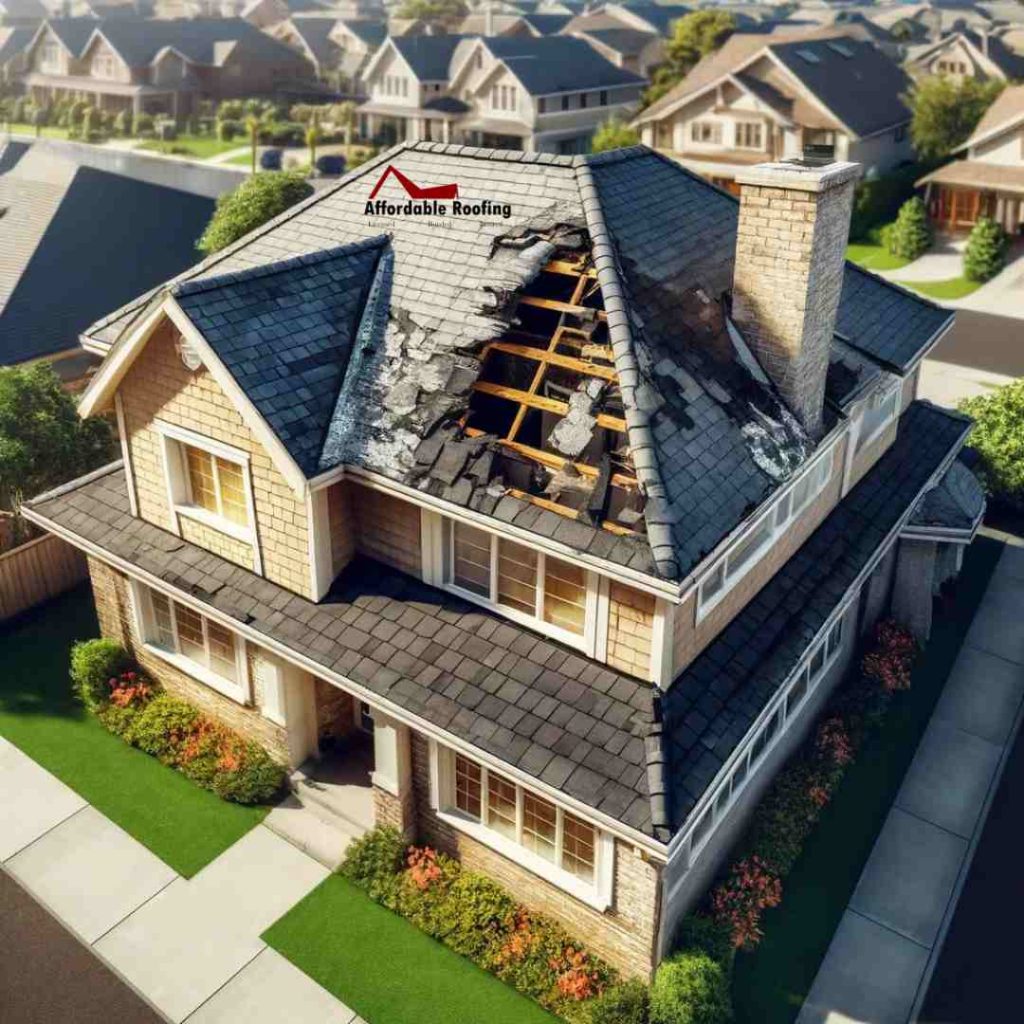How to Determine When It’s Time to Replace Your Roof
Maintaining the integrity of your roof is crucial for the overall health and safety of your home. The roof is your first line of defense against the elements, protecting your property from damage and helping maintain a comfortable indoor environment. However, like all parts of a home, roofs have a finite lifespan and will eventually need to be replaced. Knowing when it’s time to invest in a new roof can save you from facing more severe structural issues and costly repairs down the line.
In this blog post, we’ll explore the key indicators that suggest your roof may need replacing. From the obvious physical damage to more subtle signs like an unexpected rise in energy bills, we’ll guide you through the telltale signs to look out for. Understanding these signs will help you make informed decisions about whether to repair or replace your roof, ensuring your home remains secure and well-protected.
Age of the Roof
The age of your roof plays a critical role in determining its health and longevity. Each type of roofing material comes with an expected lifespan, which can serve as a useful guideline for when to consider replacement:
- Asphalt Shingles: The most common roofing material in the United States, asphalt shingles typically last between 15 to 30 years. Factors such as climate conditions, the quality of installation, and maintenance frequency can affect their lifespan.
- Metal Roofs: Known for their durability and longevity, metal roofs can last anywhere from 40 to 70 years. They are particularly resistant to harsh weather conditions, making them a popular choice in areas prone to severe storms.
- Tile Roofs: Clay and concrete tile roofs can last over 50 years. They are highly durable but can be susceptible to cracking under the weight of fallen branches or during repair work.
- Wood Shingles and Shakes: These offer a rustic look and typically last about 20 to 30 years. However, they require regular maintenance to prevent decay and damage from insects.
- Flat Roofs: Materials used in flat roofing, such as EPDM (rubber), PVC, or TPO, usually have a lifespan of about 20 to 25 years, depending on the material quality and exposure to extreme weather conditions.
As your roof approaches or exceeds these age ranges, it’s wise to start inspecting more frequently for signs of aging and deterioration. A roof that is nearing the end of its expected lifespan may not exhibit overt signs of failure yet, but replacing it proactively can prevent potential leaks and other more serious damage to your home. Knowing the installation date of your roof and keeping records of any previous maintenance can help you track its age and assess its condition accurately.

